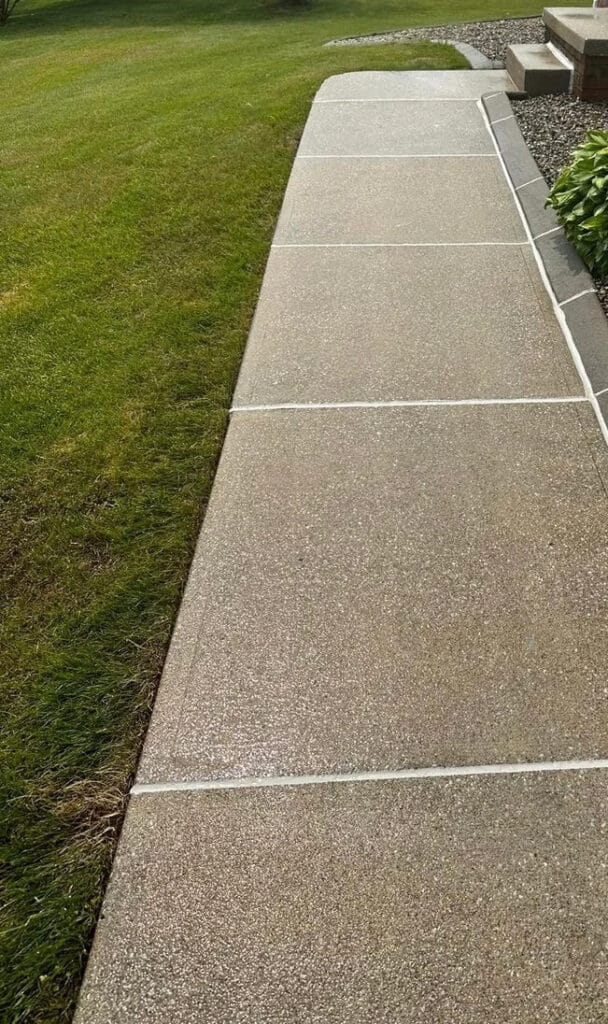Concrete Caulk Reapplication Services
Expert Caulking For Concrete Driveways & Walkways
In Dallas, Fort Worth, San Antonio, Austin, Waco & Temple
Professional concrete caulking is a vital preventative measure that seals these vulnerabilities. By filling and sealing the joints and cracks with high-quality caulking materials, you protect your concrete surfaces from potential hazards, enhance their appearance, and significantly extend their lifespan.
Investing in expert caulking services not only preserves the structural integrity of your property but also saves you time and money on costly future repairs. G.L. Hunt offers caulking services to protect your property from more severe concrete repair and keep your property looking seamless!
Concrete is renowned for its durability and longevity, making it a popular choice for driveways, walkways, patios and various structural elements.
However, over time, even the toughest concrete surfaces can develop joints and cracks due to factors like temperature fluctuations, ground movement and regular wear and tear. These openings might seem insignificant at first glance, but they can have serious consequences for your property.
Unsealed joints and cracks allow uninvited guests between and under the concrete. This contributes to erosion and deterioration that can lead to worse concrete repair issues.
These are some of the common culprits of damage allowed by weak caulk:
- Water
- Debris
- Pests
In colder climates, trapped water can freeze and expand, exacerbating the damage. Debris accumulation can foster mold growth, while pests can use these gaps as entry points into your home.
Concrete caulking services are G.L. Hunt’s premier option to ensure the cracks between your concrete pieces are sealed and smoothed.

Why Choose Concrete Caulking?
Waterproofing
Prevents water infiltration that can erode the substrate
Debris Protection
Stops dirt and debris from accumulating in joints
Pest Prevention
Blocks insects and rodents from nesting
Enhanced Durability
Reduces the likelihood of cracks and spalling
Our Professional Caulking Process
At G.L. Hunt, we specialize in comprehensive cracked concrete repair services. Our team utilizes advanced techniques and high-quality materials to ensure a durable and long-lasting fix.

Assessment
We evaluate the condition of your concrete joints and cracks.

Preparation
We clean and prepare the areas to ensure optimal adhesion.

Application
We use high-quality caulking materials, applied meticulously.

Finishing
We ensure a smooth finish for a clean appearance.
Premium Caulking Materials
We use top-of-the-line caulking products to ensure longevity and performance.
- Polyurethane caulks — Flexible and durable for joint movement
- Silicone sealants — Excellent for waterproofing and resistance to elements
- Hybrid polymers — Combining benefits of both polyurethane and silicone
Schedule Concrete Caulking Services With G.L. Hunt!
If you notice your concrete joints are looking a little worse for wear, G.L. Hunt can help! Our teams span across Texas, in Dallas/Fort Worth, Waco/Temple and all the way down to Austin and San Antonio. We can transform your property from dingy, cracked and deteriorated to gleaming and smooth.
Contact us today to get your caulking services on the books!







